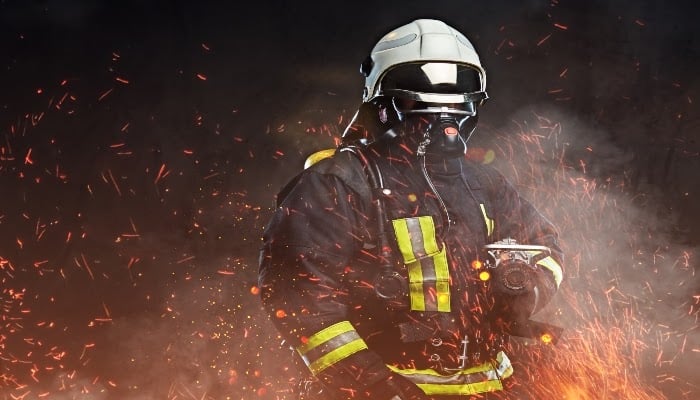Firefighters always have to be ready to respond to an emergency and this means that their gear must always be in good working condition and ready for use. For equipment like Self Contained Breathing Apparatus or SCBA, inspections can be the difference between life and death.
SCBAs should be inspected at least monthly, before each use, and during cleaning to comply with OSHA regulations. To comply with OSHA regulations, SCBAs should be inspected at least monthly, before each use, and during cleaning.
Best practice dictates though, each firefighter or emergency responder to inspect their SCBA at the beginning of each shift. If the SCBAs in the department are not assigned to specific individuals, inspection intervals shouldn’t exceed more than one week. When apparatus that is made of various materials is left unchecked for too long, dirt and debris can build up and potentially degrade the SCBA.
Most manufacturers of SCBAs recommend that the device be inspected before and after each use. It’s also recommended that the SCBA be cleaned after each use. This makes sense considering the environments in which firefighters wear them. Not cleaning an SCBA after use means it will sit there covered with soot and ash until its next cleaning schedule.
What does an SCBA inspection include?
Beyond ensuring the SCBA is clean, each SCBA inspection should include functional tests to ensure that each component of the apparatus is working as it should. The following tests should be conducted:
Visual inspection of all components
An SCBA has four main features, including:
- - Backpack and harness
- - Air cylinder assembly
- - Regulator assembly
- - Face piece assembly
Each main component has other components and accessories, such as the buckle, straps, lenses, and airline hose, and end-of-service-time indicators (EOTSI)
Ensure SCBA is clean and free from any dust or debris before the inspection. Dirt can affect how the SCBA performs in an emergency. If it isn’t kept clean, then defects may go unnoticed when inspecting for damage. Ensure there are no cuts or tears in hoses, tubes, and masks.
Functional tests
- Cylinders - Check that all cylinders are full and secure with no leaks or damage.
- Regulators - Check for signs of wear on valves/regulators, which could affect pressure settings. Also, ensure the facemask isn’t cracked or has any sharp edges as this can cause injury when worn.
- Warning device and indicators – Does the warning device or EOTSI activate?
- Buckles – Check that buckles actually buckle, ensuring that the apparatus does not fall off during critical moments.
- Flow test – A flow test ensures the SCBA’s breathing machine performs according to the manufacturer’s specifications. The performance test may require specialized equipment to show numerical analysis.
Cleaning an SCBA
SCBA manufacturers provide specific recommendations for cleaning the apparatus, including cleaning solutions, tools, and drying methods. The manufacturer will also recommend the best storage practices that will help the apparatus achieve its life expectancy. Ignoring the manufacturer’s recommendations can void warranties, legal liabilities, and failing to achieve compliance.
Fire Fighting equipment has to work to put out fires. Browse The Checker’s page of fire specific inspections.











